Trust the Process | Macaroni and Cheese

Hilary B. Bisenieks is a Philadelphian, a podcaster, and a Quaker. They live with their wife and two cats in Oakland, California.
Hilary studied Creative Writing and English Literature at Warren Wilson College, in the mountains of Western North Carolina. While there, they also worked as a waste-management technician and later as a bicycle mechanic.
Hilary is the host of Tales from the Trunk, a podcast about science fiction, fantasy, and horror writing. You can find links to all their work at https://hilarybisenieks.com.
1.
You would think that one of the most important foods in my life would have been with me from my earliest memories, right?
I mean, you would think that. It’s how things are. But I was a picky eater. I was resistant to trying new things. In my youth, though, it was just a thing to Deal With.
The first box of macaroni and cheese that I ever had was from the neighborhood pharmacy. Kraft elbows. I was ten, and I was trepidatious. My mother assured me I’d like it. “Trust me,” she said. I’d heard that before, but unlike quiche, Brussels sprouts, or various squashes, this seemed fairly harmless. I trusted her anyway.
2.
The first time I tried my macaroni and cheese, I was twelve. I was over at my friend’s house for dinner. His mom interrupted an elaborate roleplay involving a hundred teeny-tiny plastic figurines and a fortress of blocks by calling us down to help with dinner preparations. One of us grated the cheese (real cheddar, not fluorescent orange powder from a pouch) while the other stirred milk into the saucepan. It wasn’t what I knew, but I trusted my friend.
On the first bite, I burned my mouth.
On the second bite, I was a believer.
My mom asked his mom for the recipe, and his mom wrote it down on an index card that got shoved in between the brittle, yellowing pages of my mom’s Fannie Farmer Cookbook, Tenth Edition. It never supplanted the boxed macaroni and cheese, but we would pull it out on special occasions.
The recipe, as written, called for a single cup of grated cheese, but in parentheses, it said that this was the minimum. It also suggested that most people liked more spice than was called for.
My mother baked bread by instinct, using whatever she had to hand. Leftover porridge from breakfast became the base for rolls at lunch, alongside a soup incorporating last night’s leftover vegetables. This notecard was the first time that I really understood any recipe as a framework, rather than gospel.
3.
When my mother died, I was adrift.
I was seventeen by only a month. I could make pasta, and I could basically make rice, but that was the extent of my cooking, and my dad’s wasn’t much better. After friends and family stopped delivering dinners for us every night, most of our dinners were white rice and scrambled up ground beef with a slice of provolone on top. Or spaghetti. Once a week, we’d pick up a pizza. I must have eaten other dinners, but I don’t remember them. On the weekends, I’d go over to a friend’s house, and we’d have pizza (delivered) or ramen.
Or mac and cheese.
From a box.
With garlic powder and ketchup.
Even now, the tang of that particular combination brings me back to those weekends of Smash Brothers, tabletop games, and the unutterable loss that sat deep in my gut and threatened to root me in place forevermore.
4.
I didn’t go right off to college after I graduated. I didn’t want to be in a house that felt strange to me anymore, but the thought of leaving was worse. So I stuck around.
The Quakers, an English Protestant sect preaching simplicity and peace along with a direct connection to the divine, had a young adult group that I suddenly qualified for, and those young adults had a semi-weekly potluck, organized over a listserv. And I had a recipe for macaroni and cheese.
I had a framework for macaroni and cheese.
Every two weeks, I’d throw together whatever was available, learning as I went. If the milk doesn’t blend into the sauce, it needs more heat. More cheese is only good up to a point, past which things start getting lumpy. A dash of paprika will cover a lot of sins. I learned to trust the process.
For a year, you could count on:
- me to show up with a casserole dish of macaroni and cheese
- the one guy who brought slow-cooker potatoes
Neither of us took home leftovers very often.
By the end of the year, I could practically make my macaroni and cheese in my sleep. I could scale it up for twenty people or down for just two. When she was younger, my mother was the cook-in-residence at a retreat center. She could scale her recipes up and down to feed a hundred people at a weekend conference or just the dozen-or-so center staff, inventing when she had too little of one ingredient or too much of a leftover of something else. Now here I was, doing something similar. A year and change after her death, I never felt as connected to my mom as when my pantry forced me to improvise.
5.
After college, I moved across the country. I had only met my partner’s family a couple of times before then, had only had one holiday with them. I didn’t know their traditions. Macaroni and cheese had become a staple of holiday meals with my family, but to my partner’s family, it was a novelty. “Just trust them on this one,” my partner said to her family. “They’ve got this.”
The first time, the question was, “they’re bringing macaroni and cheese?”
The second time, the question was, “they’re bringing macaroni and cheese, right?”
At least once every holiday season, tune into my Insta, like clockwork, to see pictures of a nearly overflowing double boiler of cheese sauce. Catch me making converts out of the pickiest of eaters. I know the framework like the streets of my childhood neighborhood, and I’ll never make it the exact same way twice, but it’ll hit. Give me an hour in the kitchen, three pounds of cheese, and free access to your spices, and I’ll give you a side that eats like a meal. Give me the leftovers the next day, if there are any.
6.
Three years into a global pandemic, even the most neurotypical people are struggling. I am not neurotypical. Some days, the idea of putting food in my body is almost universally repulsive.
Almost.
But put some cheese on noodles? It can be the instant microwave kind, the box kind, from scratch if you’ve got the spoons. I’m not picky. It all takes me back to that blue box from the drugstore, the experience of cooking with my friend. My mom saying, “Trust me.”
We’ve got this.
Macaroni and Cheese
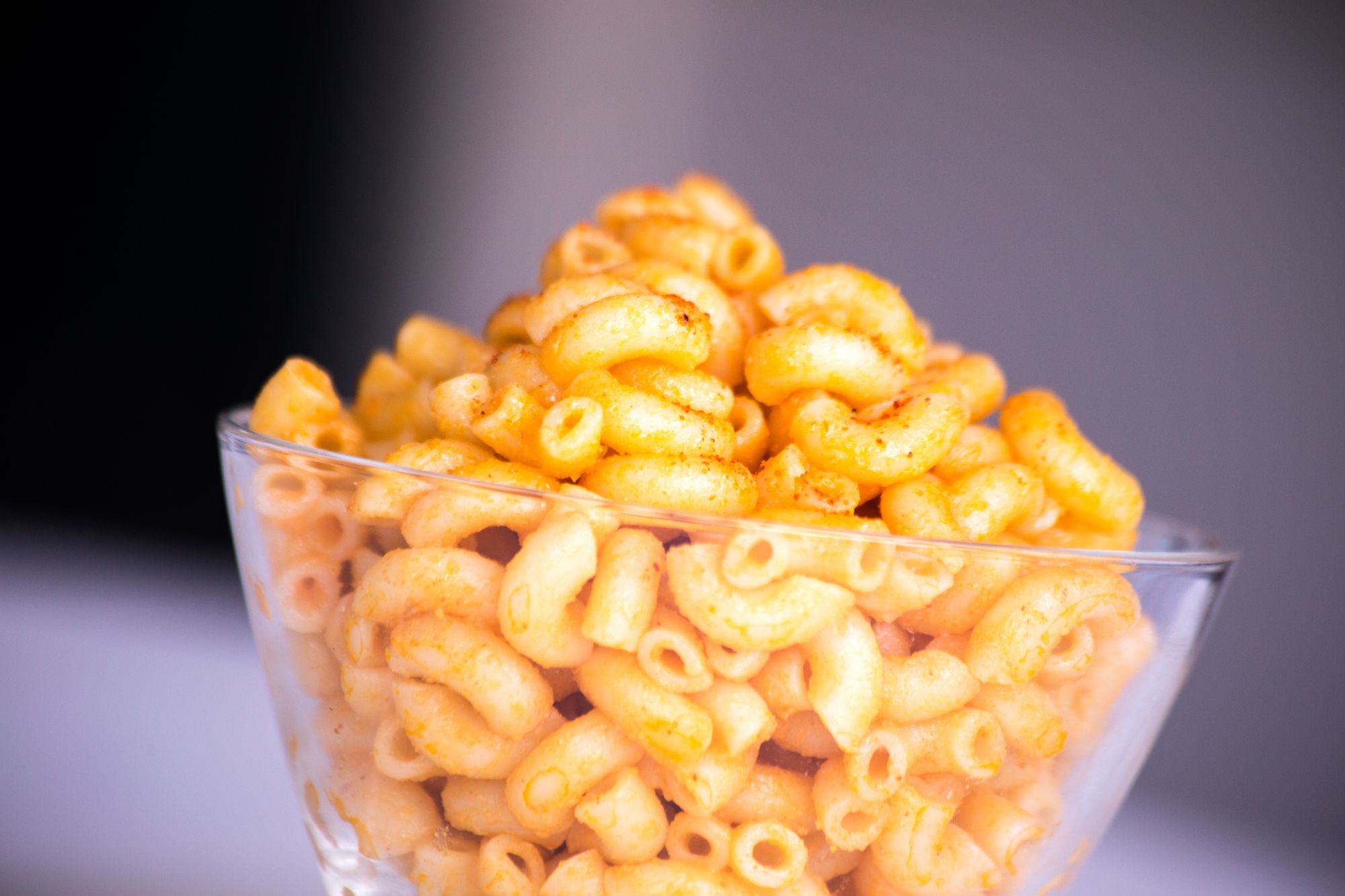
This is a recipe for a simple, delicious homemade macaroni and cheese with a versatile sauce. Prepared as written, it produces 2-4 servings as a main dish, or 4-6 as a side.
Get the Recipe: PDF, Google Doc
If you’d like to own the Personal Canons Cookbook ebook, which collects all these essays and recipes in easy-to-reference, clickable format—plus loads of bonus recipes from me!—join the Stone Soup Supper Club. The ebook is free for subscribers, who will get the download link in their inboxes in the first Supper Club email of 2024!
Remember: Care for yourself and the people around you. Believe that the world can be better than it is now. Never give up.
—Gailey


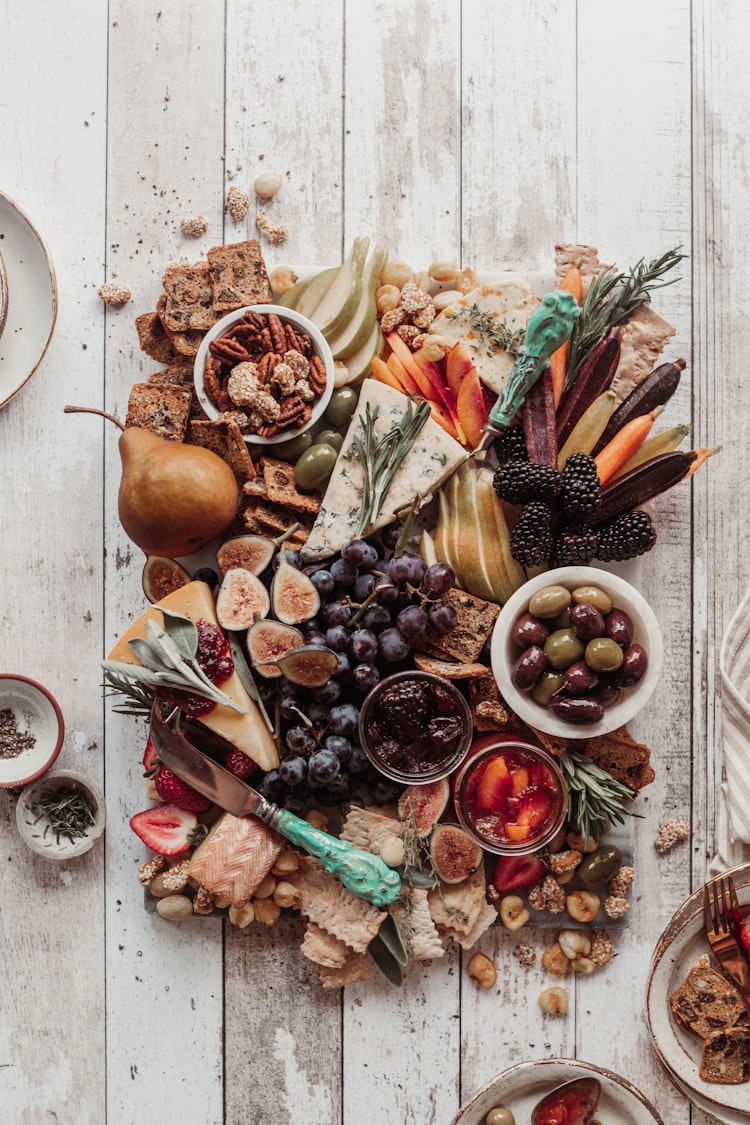
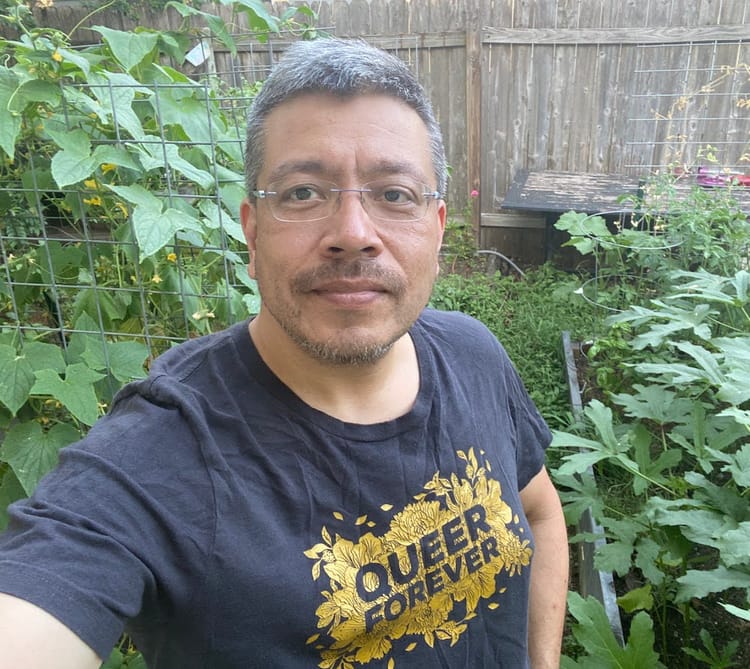
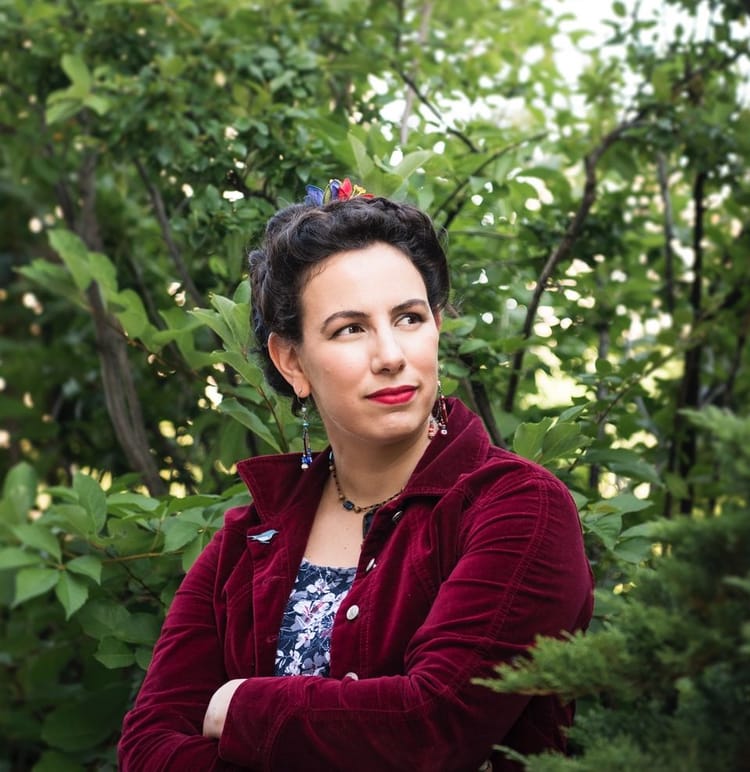
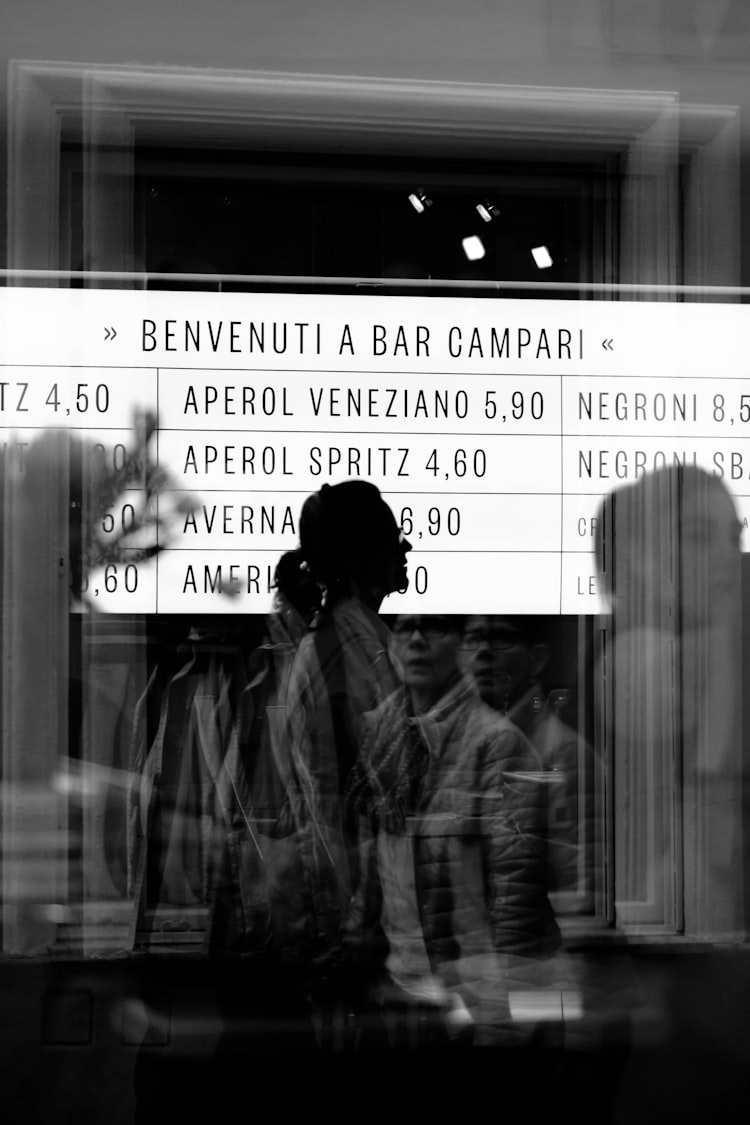
Member discussion